The Importance of Curb Appeal When Selling

First impressions are everything when preparing your house for sale. Curb appeal is the initial preview of your home for potential buyers. In today’s real estate market, potential buyers will first view your home online. Then if your home matches the criteria they are using in their home search, these buyers will drive by your home. If the exterior of your home isn’t well-kept or your landscaping isn’t on par with the other homes in the neighborhood, your home showing may turn into a drive-by only with those potential buyers.
Implementing a few steps to update and maintain your home’s exterior is critical to prepping your home for sale. Doing so will invite more potential home buyers to come closer to check out all that your home has to offer. The first step is to take an objective look at your front yard’s landscaping. A desert landscape littered with weeds and overgrown trees implies deferred maintenance in all areas of home care and upkeep. Trimming trees, weeding, and pruning shrubs will also allow potential buyers to actually see your home. Planting fresh flowers or desert plants in pots near your walkway or front door is also another quick and inexpensive step to freshen up your home’s exterior and landscape. Power-washing, hosing down, or simply sweeping your driveway, walkway and front entry way are other inexpensive steps that will pay off with a big impact when showcasing your home’s exterior. While you’re at it, be sure that your windows sparkle with a fresh cleaning inside and out.
If you’re lucky enough to have a front patio area or large entry way, stage this area by placing a couple chairs to showcase a conversation area to your potential buyers as they are walking into your home. Furthermore, the simplifying rule that applies to the interior of your home also applies to the exterior and landscaping, so remove any yard or lawn art from your front yard and entry way. Keeping the door clean and free of decorations is another way to showcase the architecture and beauty of your home without providing unnecessary distractions.
As realtors, we can give you more specific advice unique to your home and neighborhood, to help you maximize your home’s curb appeal. Give us call today to learn more how we can help sell your home for top dollar! Chris 480-754-9077 & Cheryl 480-754-9477

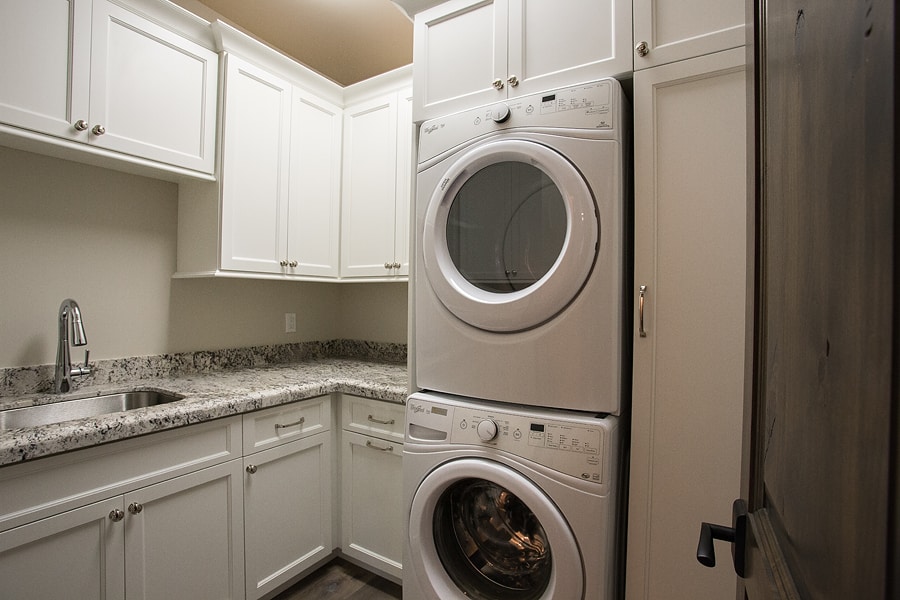
 Picture this: Your perfect backyard, as designed by you. When we had our vision for a backyard revamp, we started with a pencil and paper to try and capture our thoughts. But the availability of free online tools taught us there’s a better way to get your ideas out there and start building your dream backyard. Here are a few tools that we came across that were useful:
Picture this: Your perfect backyard, as designed by you. When we had our vision for a backyard revamp, we started with a pencil and paper to try and capture our thoughts. But the availability of free online tools taught us there’s a better way to get your ideas out there and start building your dream backyard. Here are a few tools that we came across that were useful: Did you just recently buy a new house, or just reconsidering your interior décor? Wherever we go, we are seeing everything from minimalist midcentury modern to bold bohemian. If you’ve got an eye on the decorating world (or just Pinterest), you know everything gray (we are talking everything – even the wood floors) has been in the spotlight for a while. Now, there’s a hot movement for colors, bold shapes and other trending decorating styles that you might find inspiring.
Did you just recently buy a new house, or just reconsidering your interior décor? Wherever we go, we are seeing everything from minimalist midcentury modern to bold bohemian. If you’ve got an eye on the decorating world (or just Pinterest), you know everything gray (we are talking everything – even the wood floors) has been in the spotlight for a while. Now, there’s a hot movement for colors, bold shapes and other trending decorating styles that you might find inspiring.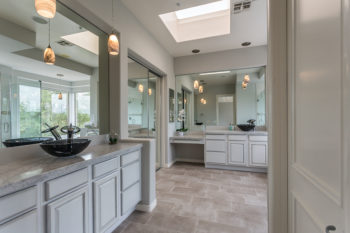 Is your hoe not selling as fast as you would like, or are you getting ready to list your home for the first time? Either way, you’re probably looking for a way to get your property to snag the interest of potential buyers. There are a lot of different upgrades and changes you can make to your home to encourage people to look twice and even to make an offer, but the bathroom is a great place to get started with these. Check out the list below and see for yourself just how quick and easy it is to make some upgrades that will make your home sell faster than you may have expected.
Is your hoe not selling as fast as you would like, or are you getting ready to list your home for the first time? Either way, you’re probably looking for a way to get your property to snag the interest of potential buyers. There are a lot of different upgrades and changes you can make to your home to encourage people to look twice and even to make an offer, but the bathroom is a great place to get started with these. Check out the list below and see for yourself just how quick and easy it is to make some upgrades that will make your home sell faster than you may have expected.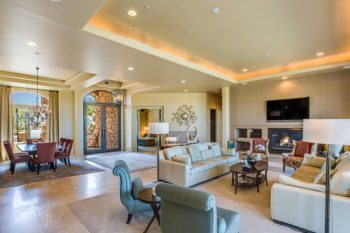 If you’re planning to sell your Scottsdale area home, there are a lot of things you need to keep in mind. You may start to feel pretty overwhelmed with all the ins and outs of selling a home, and you might overlook one of the most important steps: staging your house before you ever start showing it. Home buyers are much less likely to purchase a messy home that hasn’t been properly staged, so putting a little effort into the look and feel of your house is sure to go a long way toward helping you make that sale quickly. Below are our top 4 tips for perfect home staging, even if you’re working on a budget.
If you’re planning to sell your Scottsdale area home, there are a lot of things you need to keep in mind. You may start to feel pretty overwhelmed with all the ins and outs of selling a home, and you might overlook one of the most important steps: staging your house before you ever start showing it. Home buyers are much less likely to purchase a messy home that hasn’t been properly staged, so putting a little effort into the look and feel of your house is sure to go a long way toward helping you make that sale quickly. Below are our top 4 tips for perfect home staging, even if you’re working on a budget.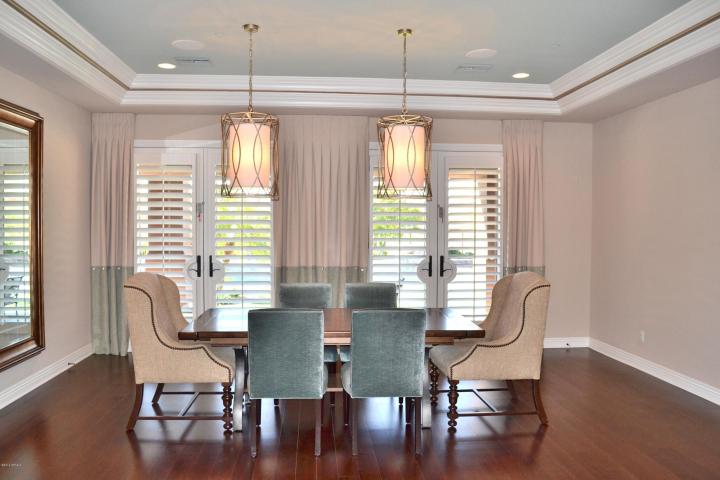 Paint. It’s one of the easiest, least expensive ways to instantly update your home’s interior (and exterior) when you’re getting your home ready to sell. If your home’s interior hasn’t been painted within the past five years, or if your existing paint colors aren’t in a neutral color family, I definitely recommend painting your home before you put it on the market. Two things to consider before you begin this easy, cost-effective makeover: color and finish.
Paint. It’s one of the easiest, least expensive ways to instantly update your home’s interior (and exterior) when you’re getting your home ready to sell. If your home’s interior hasn’t been painted within the past five years, or if your existing paint colors aren’t in a neutral color family, I definitely recommend painting your home before you put it on the market. Two things to consider before you begin this easy, cost-effective makeover: color and finish. The proportion and placement of items in your home results in good interior design. The following design principles will help you get ready to stage and list your home for sale, as well as help you set up your new home for optimal living and enjoyment.
The proportion and placement of items in your home results in good interior design. The following design principles will help you get ready to stage and list your home for sale, as well as help you set up your new home for optimal living and enjoyment.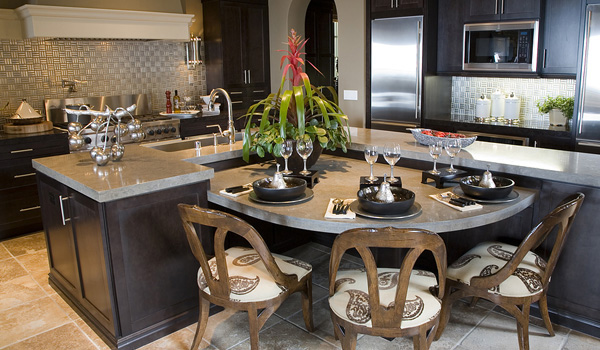 Your home has been prepped and is ready for listing in the MLS. Now what? There are some steps that will make it easy to get ready for all of those showings that will be coming your way.
Your home has been prepped and is ready for listing in the MLS. Now what? There are some steps that will make it easy to get ready for all of those showings that will be coming your way.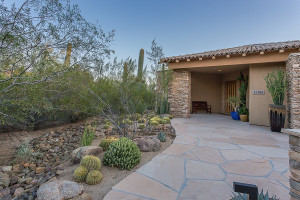 How important is landscape design when staging and selling your home in North Scottsdale?
How important is landscape design when staging and selling your home in North Scottsdale?